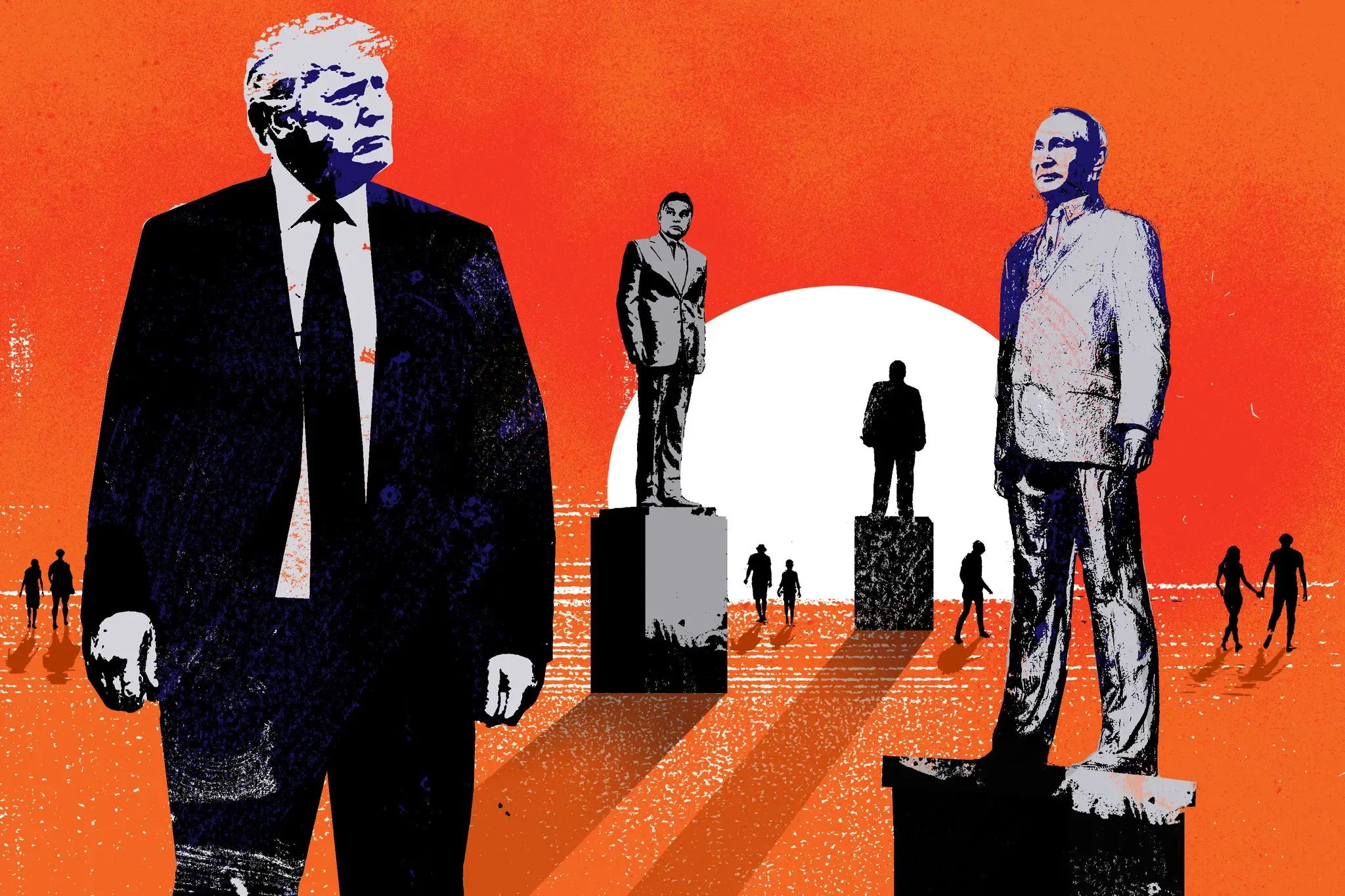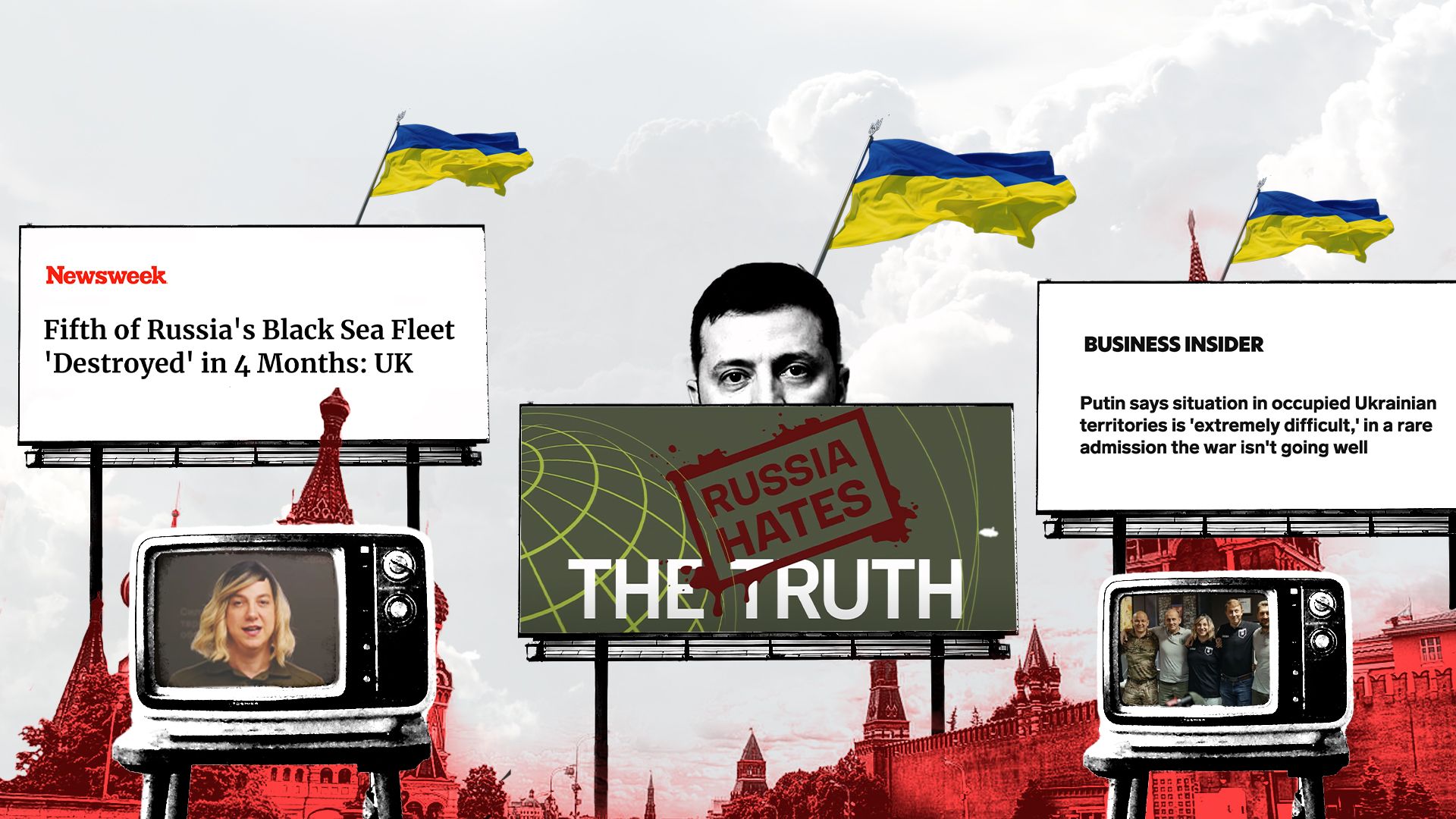By Sarah Ashton-Cirillo
Over the course of the last year, one which saw Vladimir Putin’s war criminals fail to conquer the freedom-loving populace of Ukraine, the world has become used to seeing brief clips of amazing military feats and use of technological prowess carried out by members of the Ukrainian Armed Forces against the invading forces. These snippets have allowed the global community an intimate look into what happens to the enemy invaders. Thus far, these insights have yielded nearly 150,000 Russian soldiers permanently liquidated on the battlefields of Ukraine.
Sarah Ashton-Cirillo in the trench on the frontline in Ukraine.
What is less discussed and understood is the significant amount of work that leads up to these moments. Since joining my new unit, one that is actively engaged in combat at the zero line, it has become clear that over the last year, Ukrainian commanders and political leaders led by the trio of President Volodomyr Zelesnkyy, Minister of Defense Oleksii Reznikov, and Commander in Chief of the Armed Forces, General Valerii Zaluzhnyi have been engaged in a high-level chess match against our notorious enemies - a match that has seen the terrorists vanquished after nearly every move.
In my unit’s case, this leadership begins at the company level of the 209th Territorial Defense Battalion, and the preparations we undertake, which are often invisible to the casual observer, start well in advance of every mission, wrapping up well after the tangible frontline successes have taken place.
As a medic, my pre-deployment checklist includes regular actions such as keeping my assault rifle clean and inventorying my trauma bag supplies, replacing missing items and adding any new ones depending on the upcoming mission type. My Commander goes through a much more extensive process, however, one which helps ensure our battle readiness, safety, and oftentimes death to the enemy.
It begins when he receives our newest orders from the brigade headquarters, which are then relayed to us, oftentimes in all-hands meetings. Preparations then start in earnest.
While weapon selection may seem sexy in theory, it requires careful analysis of the quantity and style of arms needed to complete our given tasks. Further, quality control is needed to assess the maintenance condition and functionality of each piece. Without fail, we do these safeguards every time due in large part to the harsh conditions and significant wear we put our armaments through.
And then there is the seemingly mundane but utterly necessary area of logistics which we carry out simultaneously to everything described above. Where we operate, there are no roads, nor an opportunity to find fuel or food. Everything must be procured prior to departure, including methods of transport. In many cases, we use multiple types of transport, getting us as close to the trenches as possible, this includes the use of publicly sold four-wheel drive vehicles. Our use of off-the-lot trucks is yet another classic hallmark of the seeming rebel resistance that we operate as, one that is managing to defeat the self-proclaimed greatest army in the world, over and over.
Departure means grabbing any final, personal items we want to bring, as each of us is responsible for our own trench candles, wipes, snacks, and water. And then there are the additional items - we are all assigned extra items to transport. This can include ammo boxes, RPGs, the above-mentioned fuel, tools, or in some cases, a generator or Starlink. For me, this means taking my trauma bag, a loaded rifle, three additional magazines of ammo, two IFAKS (Individual First Aid Kits), and recently, one of our drones. This is done while wearing clothing layered for sub-freezing temperatures and wearing my ballistic plates.
To go the 20-plus miles from our base camp to the frontlines takes three hours. Our location in the Donbas is marked by villages previously destroyed by retreating Russian forces, roads torn apart by wear from tanks and APCs, and pocked by the scars of artillery shelling and other explosive ordnances. Upon the approach, attacks against our convoy become a very real risk, and in some ways, this is our most vulnerable time.
Eventually, the road runs out, and we traverse the final stretch on foot. Through ice and occasionally snow, we move silently in small packs, moving forward through the unmarked wilderness. This alone takes an hour or more.
Once in the trenches, our isolation is very real, but thanks to modern technology, life there often takes on a surreal feel. In our subterranean dugouts, the walls shake under thunderous bombardment, and the frigid cold never dissipates, but there we sit laughing at Russian follies on YouTube while speaking to our loved ones over video chat. This takes place against the constant radio chatter from multiple outposts. In between orders and decisions by our heroic Captain, we find time to sleep in shifts of two or three hours. On some days, we may spend 18-20 hours underground. The actual time we’re engaged in fighting is measured in stretches of minutes and hours, nothing longer.
As a fighting medic, I’m either on call or on watch during the entire duration of our stay at the frontlines. In the warped reality of war, I welcome this. By never becoming too comfortable, I’m able to always stay focused.
Our meals are simple and consistent. Packaged soup, coffee and tea, dried meat, some bread, and sweets. Despite never varying, the senior leader in charge of preparations does an incredible job of bringing flavor and taste to everything.
My sleeping quarters are for four people. However, this is a misnomer, as many on-the-ground meetings see six or even eight soldiers squeeze in to join our Commander and Lieutenant in going over immediate plans of action.
The line of defense we hold is positioned where the attacks on us are constant, and the advances against us bring the opposing forces to within a few hundred meters on a regular basis. Due to this, casualties happen, with theirs outstripping ours exponentially. During watch shifts, in addition to sniper fire, we are exposed to random spraying of bullets coming from small arms.
Rotating out is never on a set schedule. We can be holding the line for up to four days at a time, and the arrival of our replacements is predicated upon the same variety of factors we ourselves went through to arrive. This can include being hampered by unforeseen circumstances such as broken-down equipment or lack of available supplies. Hiking out can be a brutal undertaking, as much of our energy and physical stamina has been sapped at that point by our previous fighting.
Lumbering through the elements, if all goes as planned, we quietly return to where we came from, a safe house without running water, and electricity that is generated by car batteries where we try to find rest and carry out mundane matters until our commander and the demands of warfare, beckon us once more.













